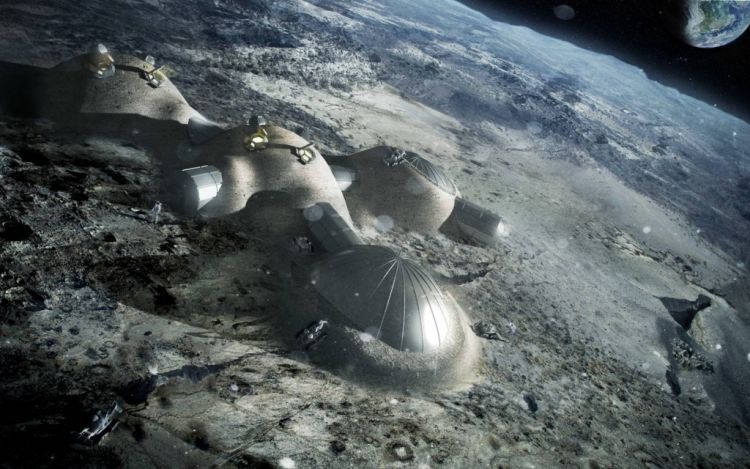Canadian 3D printer can make a copy of itself without human help

Representatives of Carleton University, Ottawa are developing a 3D printer which will be able to make a copy of itself in space without human help. If such a device is launched to the Moon, it will be capable of “reproducing” itself on its own, which will allow 3D appliances to build autonomous bases, laboratories and other constructions rapidly.
Representatives of NASA and other space agencies are considering various possibilities of exploring the Moon and Mars. However, everyone agrees that it is impossible to populate other planets without 3D printers. They will allow using local solids containing enough metals to build bases and other necessary objects for living there. If 3D printers can produce copies of themselves, companies will save lots of money for launch of additional devices.
Canadian developers have been working on a self-replicating 3D printer for two years. The current model can print virtually all details including an electrical engine. PLA polymer is used for printing. In the future, it will be replaced by silicon plastic produced from moon soil.
One of engine components – a magnet coil – is printed from plastic with metallic fillers. Scientists are currently selecting the most suitable balance between polymer, iron and aluminum to enable the coil to create a powerful magnetic field and spin the rotor.
As soon as the engine is printed, engineers will start creating 3D printed electronics for the 3D printer. There’s lots of moon materials which can be used for producing electric circuits but the last ones have to be created in a complete vacuum. Scientists want to solve the problem by using operating circuits basing on neural networks.
Engineers are also developing the technology of melting iron and other metals from the moon soil. The Sun energy will be used to get energy necessary for the process in space. To gather and direct it in a particular point, researchers are creating special lenses.







